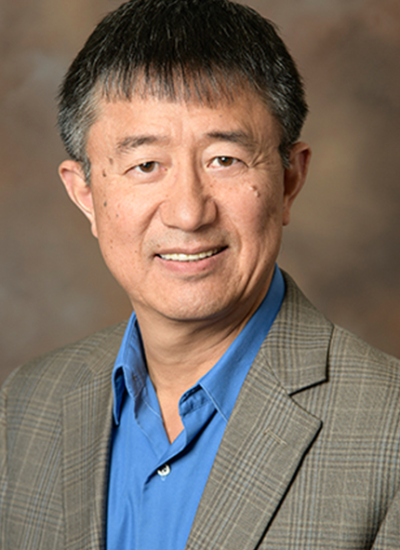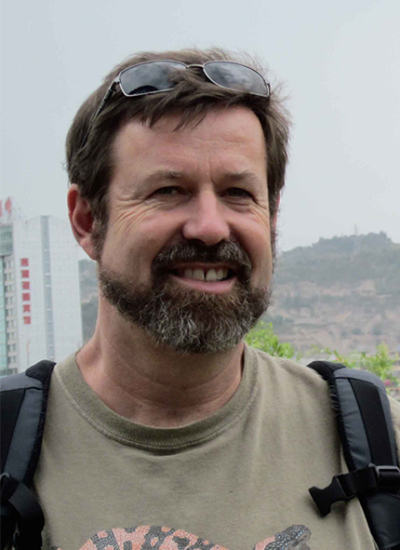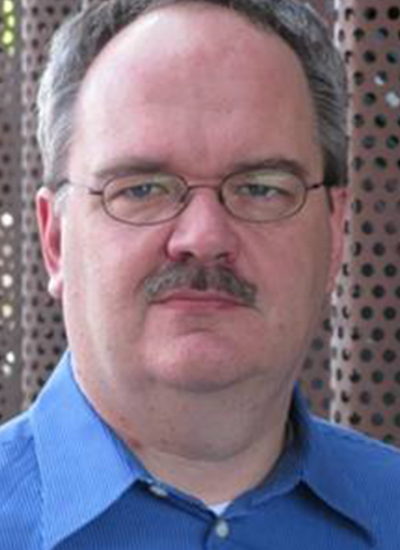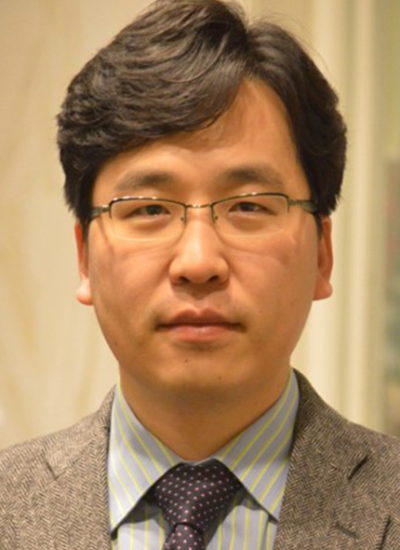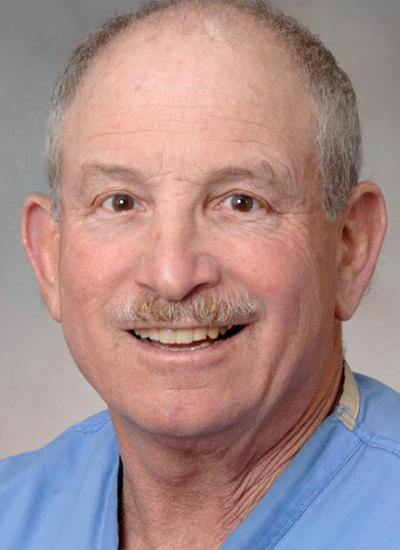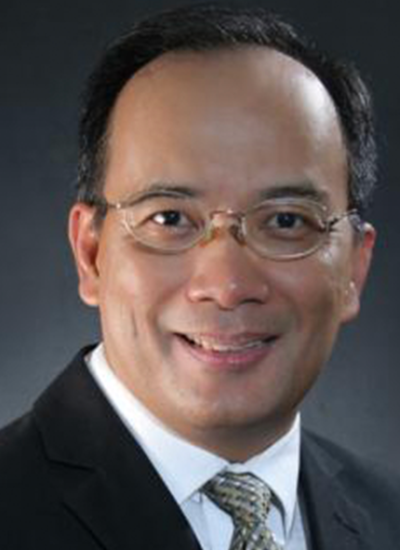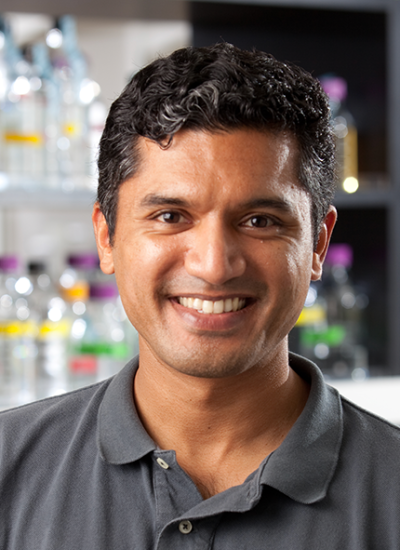Dr. Brinton is the inaugural Director of the UA Center for Innovation in Brain Science at the University of Arizona Health Sciences and Professor of Pharmacology and Neurology, College of Medicine, University of Arizona. Her research is focused on the mechanisms underlying late onset Alzheimer’s and developing therapeutics to prevent, delay and cure the disease. Her discovery research program focuses on systems biology of: 1) Mechanisms underlying risk of Alzheimer’s during female brain aging; 2) Sex differences in mechanisms underlying Alzheimer’s and 3) Regeneration and repair mechanisms to regenerate the Alzheimer’s brain. Insights from her research indicate that the aging brain is dynamic and adaptive. The dynamic adaptive nature of the aging brain has led to an increasing focus on transition states of the aging brain, their plasticity, limits and vulnerability. In her translational and clinical research portfolio she has advanced her basic science discoveries for allopregnanolone and phytoSERM into FDA IND-enabling translational programs and two early phase clinical trials. She has published more than 200 articles in peer-reviewed journals and has authored 29 book chapters and invited reviews and has delivered more than 250 invited presentations worldwide. She holds multiple patents, has co-founded two biotech companies, mentored 22 graduate students, 10 postdoctoral fellows and 56 STAR students. Her research is supported by an NIA Program Project, a NIA R37 MERIT Award, 4 R01s, UF1, and two training grants (T32 and R25). Dr. Brinton has received numerous awards and recognition for her research and STEM education initiatives and has appeared in over 100 media outlets, including national and international broadcasts. Her awards include: “Scientist of the Year” by Alzheimer’s Drug Discovery Foundation, “Woman of the Year” by the California State Senate, “Science Educator of the Year” by the Society for Neuroscience, Los Angeles Magazine “Woman of the Year”, and U.S. News & World Report’s “Ten Best Minds”. For her outstanding work in promoting STEM careers among students of color, President Barak Obama presented her with one of the nation’s highest civilian honors, the Presidential Citizens Medal. The Center for Innovation in Brain Science (CIBS) is focused on mechanistically driven therapeutic development and translational research for age-associated neurodegenerative diseases https://cibs.uahs.arizona.edu/. CIBS was created to address the challenge that in the 21st century there is not a single cure for a single neurodegenerative disorder. Operating as a University based biotech unit, CIBS is unique nationally and perhaps globally, in providing an integrated translational research environment that brings together researchers and clinicians across the spectrum of age-associated neurodegenerative diseases (Alzheimer’s, Parkinson’s, Multiple Sclerosis and Amyotrophic Lateral Sclerosis) and pairs them with world-class experts in computational systems biology, synthetic chemistry, translational drug development, biomarker design, clinical trial operations and regulatory affairs. Since its launch in 2016, CIBS has made remarkable progress; including an impressive portfolio of therapeutics, research awards, transformative educational programs, and growing Arizona’s biotech sector. Select Professional Service 2019 - Present Member, NIH Advisory Committee to the Director 2019 - Present Scientific Advisory Board of National Institute on Aging 2018 National Institute on Aging M2OVE AD Advisory Panel 2018 Co-Chair and Reviewer: Translational Research Program, National Institute on Aging: Division of Neuroscience 2016 - 2019 Member of the Public Education and Communication Committee (PECC) 2015-Present Board of Governors, Alzheimer’s Drug Discovery Foundation, New York, NY 2014-Present Chair, Medical & Scientific Advisory Council Alzheimer’s Association, Los Angeles, CA 2013 – 2017 Member, NIH Center for Scientific Review Advisory Council 2013 – 2016 Member Society for Neuroscience, Committee on Committees 2010 National Institute on Aging Alzheimer’s Advisory Board 2009 – 2013 Member, Alzforum Scientific Advisory Board 2009 – 2013 Member, NIMH IRP Board of Scientific Councilors, NIH 2008 – 2011 Member, Society for Neuroscience Board of Councilors 2008 NIH Blueprint Initiative on K‑12 Activities 2007 – 2008 NIH Blue Ribbon Panel on National Institute of Mental Health Intramural Research Programs 2005 – 2009 External Advisory Board NIH/NIA Women’s Health Initiative Memory Study 1999 – Present Member, Scientific Review Board of Alzheimer’s Drug Development Foundation, NY Select Honors 2017 National Academy of Inventors 2017 Alzheimer’s Drug Discovery Foundation, Melvin Goodes Prize for Excellence in Alzheimer’s Drug Discovery 2017 Disruptive Women to Watch in 2017, Disruptive Women in Health Care 2015 Scientist of the Year Award, Alzheimer’s Drug Discovery Foundation 2014 Los Angeles Woman of the Year, LA Magazine 2010 Presidential Citizens Medal, President Barack Obama 2009 North American Menopause Society /Wyeth Pharmaceuticals SERM Research Award 2006 Science Educator of the Year, Society for Neuroscience 2005 Woman of the Year, California State Senate 2005 10 Best Minds, US News & World Report 2003 University of Southern California Remarkable Woman Award 1999 Laboratory Named “The Norris Foundation Laboratory for Neuroscience Research” Select publications Bacon, E.R., Mishra, A., Wang, Y., Desai, M.K., Yin, F. and Brinton, R.D., 2019. Neuroendocrine aging precedes perimenopause and is regulated by DNA methylation. Neurobiology of aging, 74, pp.213-224. Geifman, N., Kennedy, R.E., Schneider, L.S., Buchan, I. and Brinton, R.D., 2018. Data-driven identification of endophenotypes of Alzheimer’s disease progression: implications for clinical trials and therapeutic interventions. Alzheimer's research & therapy, 10(1), p.4. Mosconi, L., Berti, V., Quinn, C., McHugh, P., Petrongolo, G., Varsavsky, I., Osorio, R.S., Pupi, A., Vallabhajosula, S., Isaacson, R.S., de Leon, M.J., and Brinton, RD., 2017. Sex differences in Alzheimer risk: Brain imaging of endocrine vs chronologic aging. Neurology, 89(13), pp.1382-1390. Rettberg, J.R., Dang, H., Hodis, H.N., Henderson, V.W., John, J.A.S., Mack, W.J. and Brinton, R.D., 2016. Identifying postmenopausal women at risk for cognitive decline within a healthy cohort using a panel of clinical metabolic indicators: potential for detecting an at-Alzheimer's risk metabolic phenotype. Neurobiology of aging, 40, pp.155-163. Klosinski, L.P., Yao, J., Yin, F., Fonteh, A.N., Harrington, M.G., Christensen, T.A., Trushina, E. and Brinton, R.D., 2015. White matter lipids as a ketogenic fuel supply in aging female brain: implications for Alzheimer's disease. EBioMedicine, 2(12), pp.1888-1904. Brinton, R.D., Yao, J., Yin, F., Mack, W.J. and Cadenas, E., 2015. Perimenopause as a neurological transition state. Nature reviews endocrinology, 11(7), p.393. Brinton, R.D., 2013. Neurosteroids as regenerative agents in the brain: therapeutic implications. Nature reviews endocrinology, 9(4), p.241.


